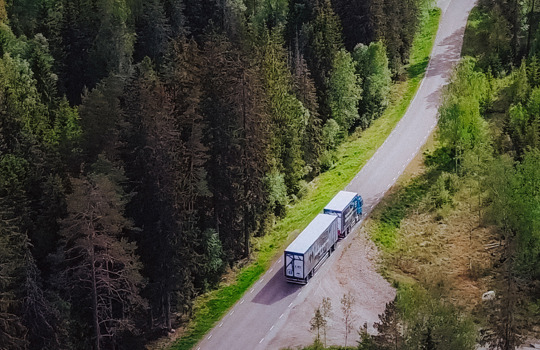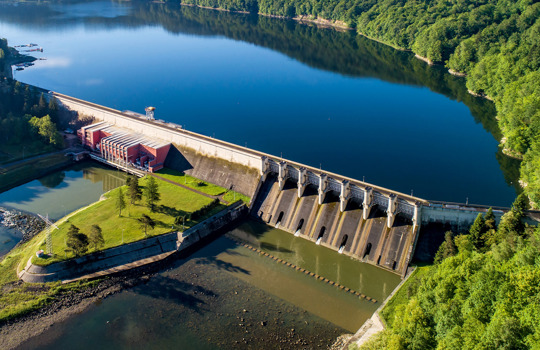Energy thoughts: Return of the king – LNG is set to make a big comeback as the fuel of choice for the energy transition
With LNG supply volumes expected to increase in the coming years and the biggest hype around hydrogen quieting down, LNG is once more seen as a viable alternative as we transition towards a carbon neutral future.
The mood at the Houston Gastech 2024 conference in mid-September was very upbeat. A lot of new LNG production is coming to the market during the next few years.
This view received a tremendous push from the US Presidential election results. President-elect Donald Trump has been very vocal about his pro-fossil fuel and the linked LNG agenda. The freeze on permits for new LNG production projects that the Biden administration set as part of its climate campaign are likely now to be removed.
This will not change the supply-demand balance in the short term, but it will certainly have an impact beyond 2030.
Viable part of the energy transition
The worst fears of demand falling off the cliff have also passed. The general market has realized that LNG is a viable energy source as a part of the energy transition. LNG, the cleanest fossil fuel, is the best choice for base volume energy supply also going into the 2030s.
In addition, reality has returned to the hydrogen hype. Hydrogen is going to be one of the future energy solutions, but the implementation of the hydrogen infrastructure will be postponed. The global energy market is still heavily dependent on gas supplies and LNG has regained ground as the number one solution.
Interestingly enough, also coal and lignite usage have increased in Europe during this year. In view of this, it bears asking if we are moving backwards in the clean energy transition?
Supply volumes on the rise
As the supply-side is going to increase significantly during next two to three years, some people have been concerned that market prices will drop as well. I would argue, that it depends heavily on potential pipeline gas supplies from Russia.
If the delivered volumes start to increase again, then we could see a market reaction downwards. At the moment, this scenario seems very unlikely even with Trump’s associates pointing to a quick end to the war in Ukraine. The more likely scenario is that delays with new LNG projects will balance the market.
European natural gas prices have held near €40/MWh with traders assessing the region’s supply outlook as they restock fuel ahead of the current heating season. Traders have been refilling the region’s stockpiles in preparation for a cold winter period and are weighing lingering concerns about geopolitical risks against competition from other buyers – even as Europe is generally considered to be on stable footing.
The European economy is not in the strongest condition and gas demand has not recovered back to levels we experienced prior to the Covid crisis. This trend is not expected to be changing anytime soon, therefore, current storage levels should be adequate to weather the cold period.
Implications of the extra supplies?
The following questions remain unanswered: What is the carry balance and the availability of LNG to refill storages next summer? If there is no contango in the future price curve, who will fill the storages?
Winter 2024/25 is the last potentially tricky winter before major new liquefied natural gas supply comes onstream in 2026–29, mostly from the US and Qatar. LNG demand under the REPowerEU regulation is also expected to decline sharply this decade.
Gas prices could rise modestly this winter, notably if Russian gas flows via Ukraine stop. For now, higher flows from top-exporter Norway are helping to keep a lid on prices, as is stronger renewable power generation.
Temperatures are also set to stay mild across most of Northwest Europe for November. If geopolitical risks subside, we see a minor downside to gas prices in the summer. We expect the LNG market to flip into oversupply from 2026 onwards, which will potentially last until the end of this decade.



